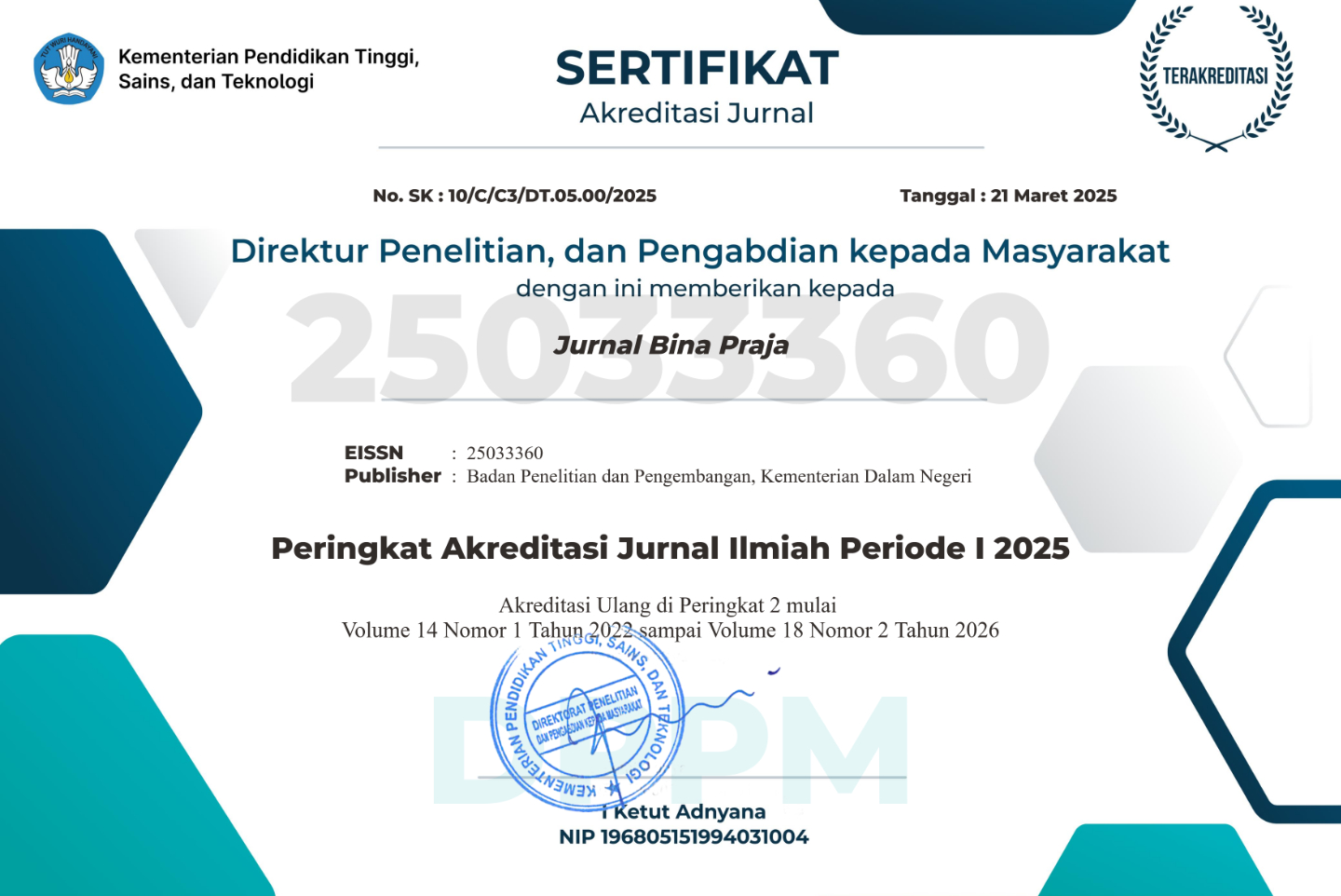The Implementation of SWOT Analysis of People Economic Empowerment Business Loan (KUPEM) in Jambi Province
DOI:
https://doi.org/10.21787/jbp.08.2016.305-315Keywords:
SWOT analysis, credit, SMEsAbstract
The problems of SMEs today are generally only able to survive but rarely oriented towards growth and capacity development of the company. One of the problems that hinder the growth of SMEs is financing problems. The government has tried to provide financing assistance in the form of soft loans, one of which is KUPEM, but SMEs do not have the commitment to running the business with loans that have been granted by the government. This study aims to determine the implementation strategy of People Economic Empowerment Business Loan (KUPEM) in the Province of Jambi. The research method used was a case study with descriptive research type. The sample consists of 125 respondents. Sampling is conducted in a nonprobability sampling and purposive sampling. Data were analyzed using SWOT analysis. The results showed that the implementation of KUPEM by the Provincial Government of Jambi through internal analysis indicates the value of the power factor is still below the weakness factor. External analysis of People Economic Empowerment Business Loan still has a big opportunity than a threat factor. Therefore, People Economic Empowerment Business Loan continues because it can help the growth of the community effort by making strategic changes. Result of the study recommend to strengthen internal factors which are the analytical skills of relevant agencies that are trusted to provide recommendations for KUPEM loans, (1) Relevant agencies create mentoring programs to enhance the ability of SMEs actors, (2) Through the relevant agencies forming a group of associations between groups of SMEs, (3) Increasing motivation to make MSMEs business through counseling activity, and improve the competence of field educators, (4) Conduct analysis of the suitability of business in accordance with local conditions (in this case the state of nature, the public taste and the target market).
Downloads
References
Diagne, A., & Zeller, M. (2001). Access to Credit and Its Impact on Welfare in Malawi. Research Report International Food Policy Research Institute. Retrieved from http://search.ebscohost.com/login.aspx?direct=true&db=eoh&AN=0585244&site=ehost-live
Diagne, A., Zeller, M., & Sharma, M. (2000). Empirical Measuremnets of Households’ Access to Credit and Credit Constraints in Developing Contires: Methodological Issues and Evidence. Food Consumption and Nutrition Division. International Food Policy Research Institute, 90(90), 1–73.
Feder, G., Lau, L. J., Lin, J. Y., & Luo, X. (1990). The Relationship between Credit and Productivity in Chinese Agriculture: A Microeconomic Model of Disequilibrium. American Journal of Agricultural Economics, 72(5), 1151–1157. http://doi.org/10.2307/1242524
Ferdian, R. (2004). Pemberdayaan Usaha Kecil Masyarakat melalui Program Pemberdayaan Ekonomi Rakyat (PER) di Kota Sabang: Studi Kasus Pemberian Kredit Lunak kepada Usaha Kecil Masyarakat di Kota Sabang. Universitas Indonesia.
Hadi, S. (1993). Statistik 2. Yogyakarta: Andi.
ILO. (1991). The Dilemma of the Informal Sector: Report of the Director-General. In The 78th Session of the International Labour Conference, Geneva. Geneva: ILO.
Kasmir. (2010). Manajemen Perbankan (9th ed.). Jakarta: Raja Grafindo Persada.
Kementerian Perdagangan. (2013). Analisis Peran Lembaga Pembiayaan dalam Pengembangan UMKM. Jakarta.
Kurniawan, F. D., & Fauziah, L. (2014). Pemberdayaan Usaha Kecil dan Menengah (UMKM) dalam Penanggulangan Kemiskinan. JKMP, 2(2), 102–220.
Mukti, C. (2015). Evaluasi Dampak Program Pemberdayaan Masyarakat Melalui Penyaluran Kredit Usaha Rakyat di Desa Sumber Lesung Kecamatan Ledokombo Kabupaten Jember. Universitas Jember. Retrieved from http://repository.unej.ac.id/bitstream/handle/123456789/65672/Ainul Latifah-101810401034.pdf?sequence=1
Munawir. (2002). Analisis Informasi Keuangan. Yogyakarta: Liberty.
Murdy, S. (2010). Peranan Kupem dalam Meningkatkan Produksi Kentang di Kabupaten Kerinci. Jurnal Sosio Ekonomika Universitas Jambi, 13(1), 1–13.
Pearce II, J. A., & Robinson, R. B. (2008). Manajemen Strategis (Formulasi, Implementasi, dan Pengendalian). Jakarta: Salemba Empat.
Purnamayanti, N. W. A., Suwendra, I. W., & Yulianthini, N. N. (2014). Pengaruh Pemberian Kredit dan Modal terhadap Pendapatan UKM. E-Journal Bisma Universitas Pendidikan Ganesha, 2.
Sabirin, S. (2001). Pemanfaatan Kredit Mikro untuk Mendorong Pertumbuhan Ekonomi Rakyat di dalam Era Otonomi Daerah. In Orasi Ilmiah Lustrum IX Universitas Andalas. Padang: Universitas Andalas.
Salusu, J. (2003). Pengambilan Keputusan Stratejik untuk Organisasi Publik dan Organisasi Non Profit. Jakarta: Grasindo.
Saragih, F. (2015). Analisis Penerapan Akuntansi dan Kesesuaiannya dengan SAK ETAP pada UKM Medan Perjuangan. In Seminar Nasional Ekonomi Manajemen dan Akuntansi (SNEMA) Fakultas Ekonomi Universitas Negeri Padang (pp. 452–461). Padang: Universitas Negeri Padang.
Sarosa, W. (2000). Menyoroti Sektor Informal Perkotaan. Retrieved August 7, 2015, from http://www.urdi.org/urdi/bulletin/volume-12a.php
Sekaran, U. (2006). Research Methods for Business: A Skill-Building Approach (4th ed.). Toronto: Wiley.
Setyari, N. P. W. (2012). Evaluasi Dampak Kredit Mikro terhadap Kesejahteraan Rumah Tangga di Indonesia: Analisis Data Panel. Jurnal Ekonomi Kuantitatif Terapan, 5(2), 141–150.
Soehartono, I. (2001). Metode Penelitian Sosial. Bandung: Rineka Cipta.
Suryana. (2003). Kewirausahaan: Pedoman Praktis Kiat dan Proses Menuju Sukses. Bandung: Salemba Empat.
Zeller, M., Ahmed, A., Babu, S., Broca, S., Diagne, A., & Sharma, M. (1996). FCND Discussion Papers contain preliminary material and research results, and are circulated prior to a full peer review in order to stimulate discussion and critical comment. It is expected that most Discussion Papers will eventually be published in some. FCND Discussion Paper, (11).
Kesepakatan Kerjasama antara Gubernur Jambi dengan Direksi Bank Pembangunan Daerah Jambi tentang Perubahan Program Executing menjadi Channelling, Pub. L. No. 01/PERj/OHK/I/2004 & 02.01.KP/DIR 2004 (2004). Indonesia.
Law of the Republic of Indonesia No 24 of 2004 on the Deposit Insurance Agency, Pub. L. No. 24 (2004). Indonesia.
















